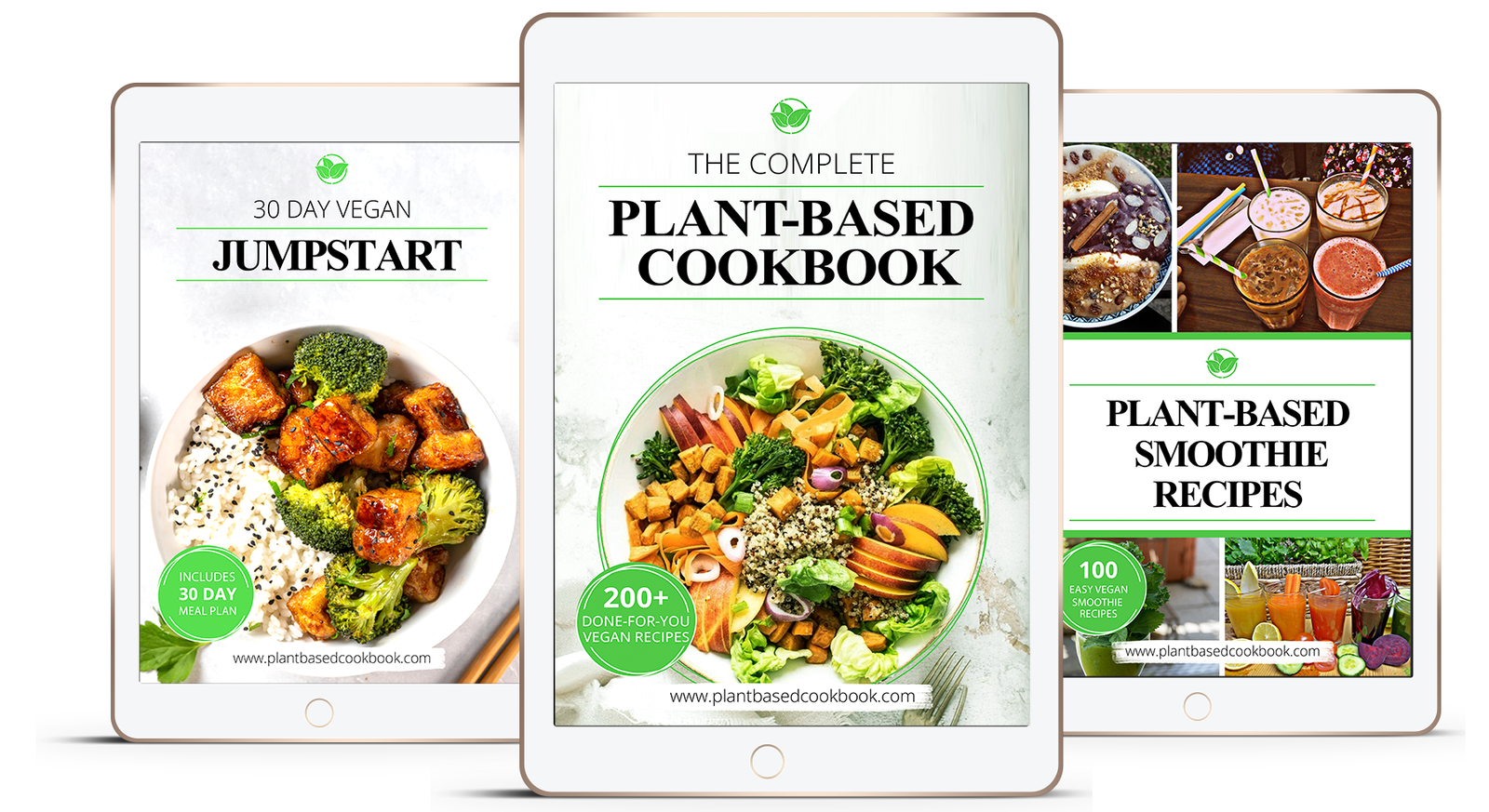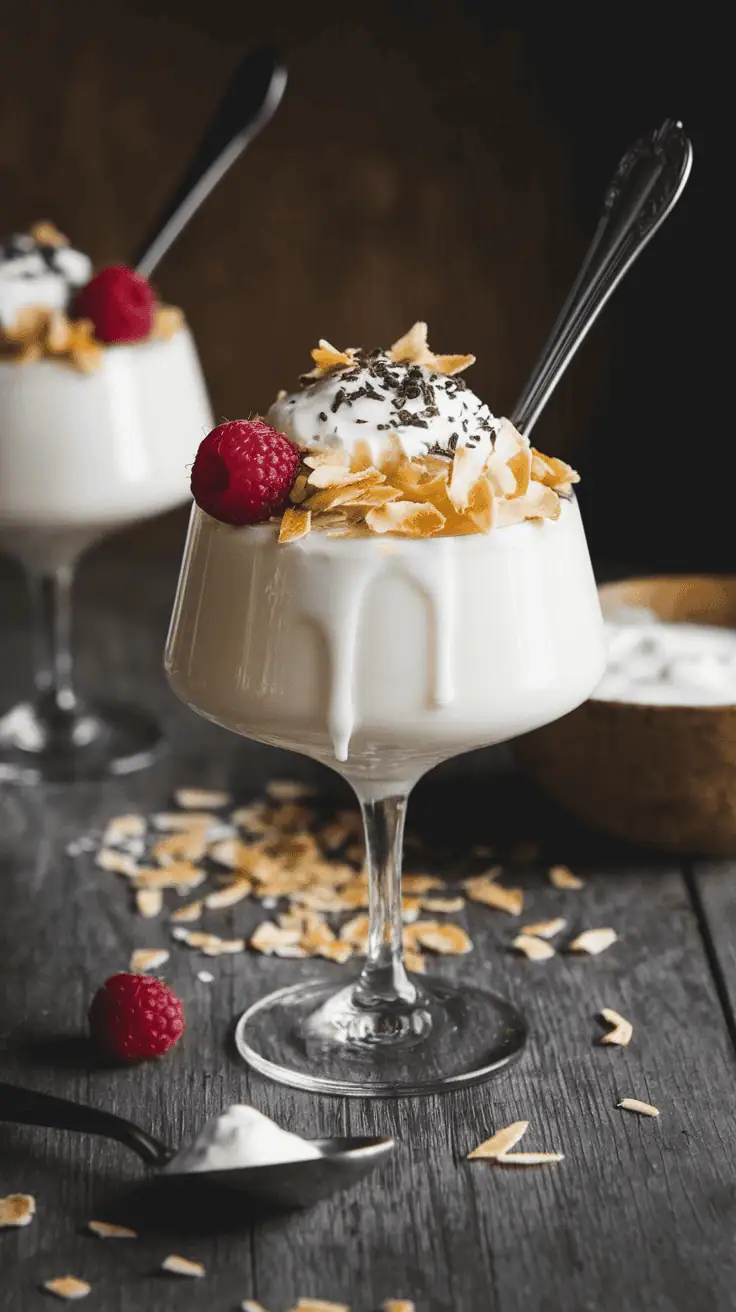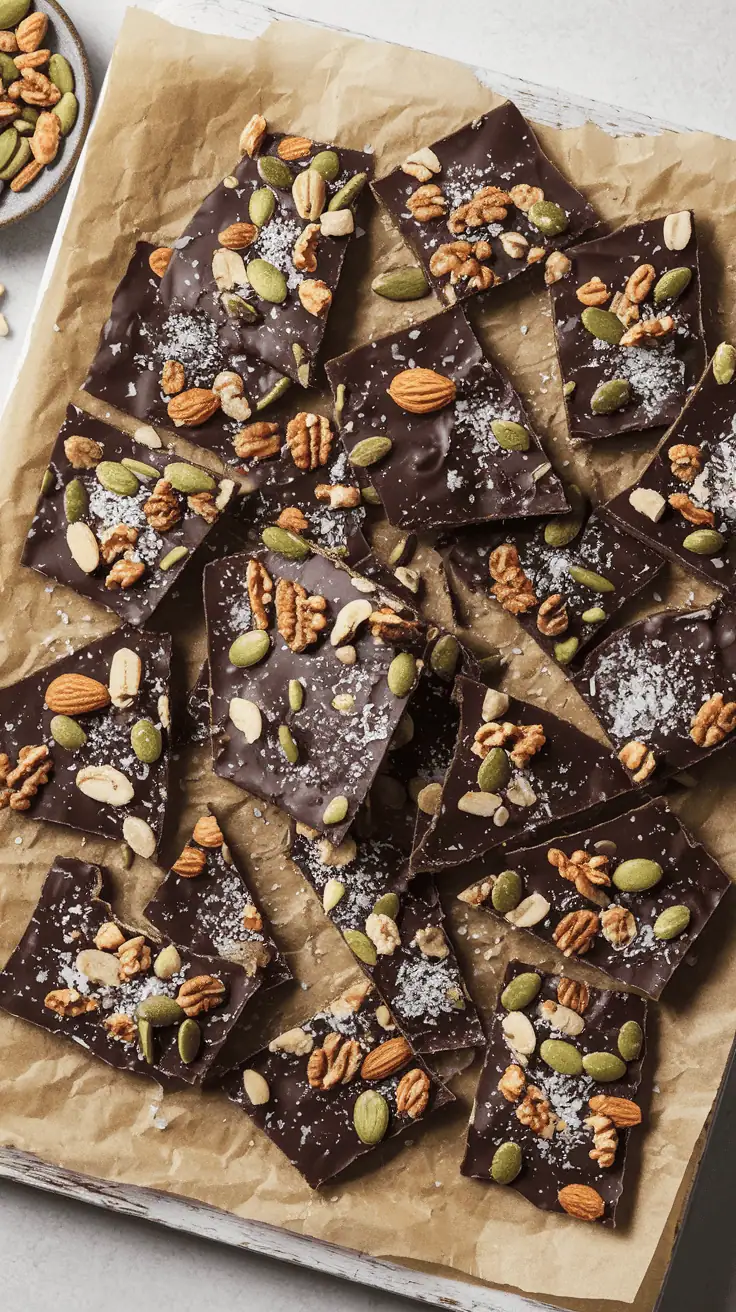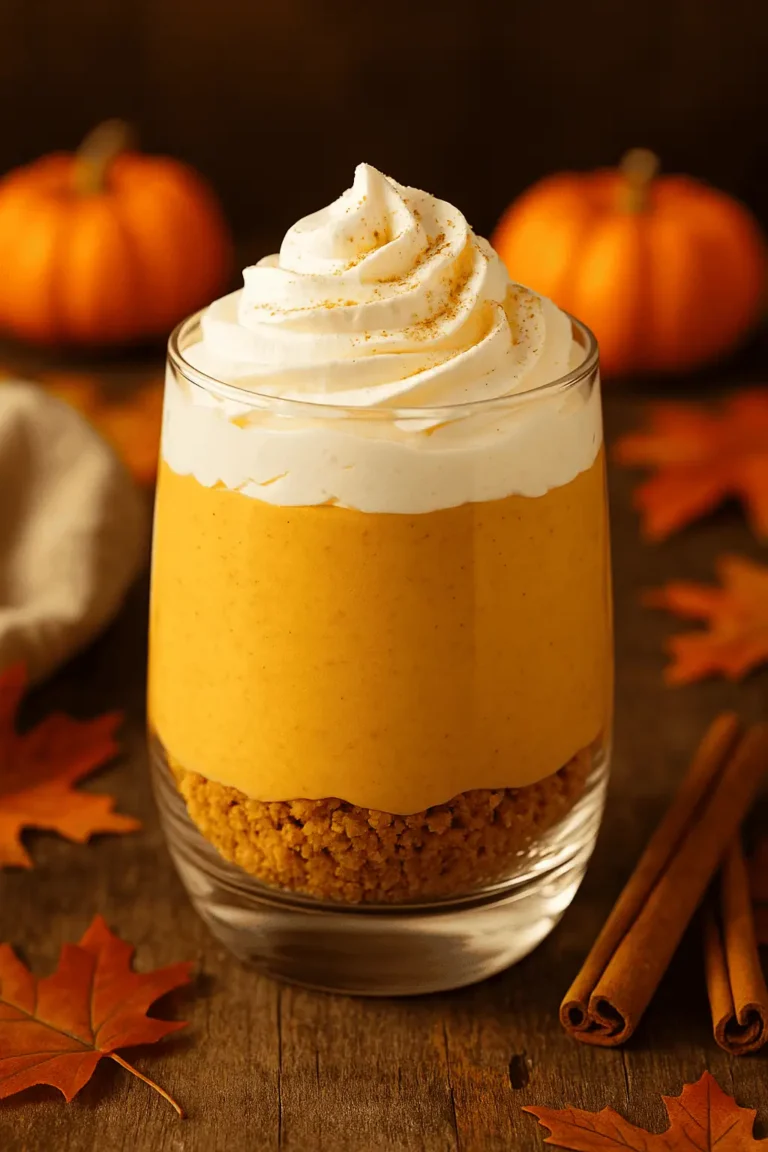(Hey! Some links in this post may be affiliate links — meaning I may earn a small commission if you buy through them, at no extra cost to you. As an Amazon Associate, I earn from qualifying purchases. I only share products I genuinely love and think you’ll find useful too. Read the full disclosure here).
Welcome to our guide on charcuterie skewers, perfect for any party. We’ll show you how to make these tasty and beautiful skewers.
You’ll learn about the tools you need, picking the best meats and cheeses, and adding fruits, veggies, and nuts. Our guide is for everyone, whether you’re experienced or new to hosting. You’ll learn to make healthy choices for your guests.
Contents
- 1 The Art of Charcuterie Skewers
- 2 Essential Tools and Materials
- 3 Selecting the Perfect Meats
- 4 Choosing Complementary Cheeses
- 5 Fresh and Dried Fruits for Your Skewers
- 6 Adding Vegetables, Olives, and Nuts
- 7 Step-by-Step Assembly Guide for Charcuterie Skewers
- 8 Dips and Accompaniments That Elevate Your Skewers
- 9 Dietary Alternatives and Accommodations
- 10 Presentation and Display Ideas
- 11 Conclusion: Elevating Your Entertaining Game with Charcuterie Skewers
- 12 FAQ
- 12.1 What are charcuterie skewers, and how do they differ from traditional charcuterie boards?
- 12.2 What types of skewers are best for charcuterie?
- 12.3 How do I prevent fruits from browning on my charcuterie skewers?
- 12.4 Can I make charcuterie skewers ahead of time?
- 12.5 What are some vegetarian and vegan options for charcuterie skewers?
- 12.6 How can I make my charcuterie skewers more visually appealing?
- 12.7 What dips and accompaniments pair well with charcuterie skewers?
- 12.8 Are there any gluten-free and dairy-free options for charcuterie skewers?
- 12.9 How can I customize charcuterie skewers for different events or themes?
Key Takeaways
- Learn how to assemble charcuterie skewers for your next party.
- Discover the essential tools needed for creating skewers.
- Find out how to select the right meats and cheeses.
- Understand how to add fruits, vegetables, and nuts for a well-rounded snack.
- Get tips on making simple, sustainable healthy choices for your guests.
The Art of Charcuterie Skewers
Charcuterie skewers are a mix of different ingredients in one tasty treat. They are perfect for any event. We’ll see why they’re better than traditional boards.
What Makes Charcuterie Skewers Special
Charcuterie skewers are more than just a trendy snack. They’re a fun way to enjoy different tastes and textures. By putting meats, cheeses, fruits, and nuts on skewers, you get a portable and mess-free snack. Here’s why they stand out:
- Ease of preparation
- Customizable to suit any taste or dietary need
- Visually appealing, making them a great addition to any table setting
Charcuterie skewers are a unique mix of convenience, creativity, and flavor.
Benefits of Skewers vs. Traditional Boards
While traditional charcuterie boards are classic, skewers have their perks. They’re easier to manage for portion control, as each skewer is a single snack. Plus, skewers are more versatile and can be tailored to fit various tastes and diets. Here are some benefits of skewers over traditional boards:
- Simplified serving and portion control
- Increased visual appeal and creativity
- Easier to accommodate different dietary needs
Choosing charcuterie skewers can make your gatherings more memorable for your guests.
Essential Tools and Materials
Before starting your charcuterie skewers, gather the right tools and materials. The correct equipment makes assembly easier and improves your skewers’ look.
Types of Skewers to Consider
You can choose between wooden and metal skewers. Wooden skewers are cheap and easy to find. But, they need soaking in water to avoid burning. Metal skewers are reusable and modern. They’re great for big events or if you make skewers often.
Additional Equipment You’ll Need
You’ll need more than just skewers to prepare your charcuterie. A cutting board is key for slicing meats and cheeses. A sharp knife ensures clean cuts. A pair of tongs or a small fork helps place items on skewers. These tools make assembly quicker.
Shopping List for Beginners
Here’s a simple shopping list for beginners:
| Item | Description |
|---|---|
| Wooden or Metal Skewers | Choose based on preference and intended use |
| Cutting Board | For preparing meats, cheeses, and other items |
| Sharp Knife | Essential for slicing ingredients |
| Tongs or Small Fork | Helpful for assembling skewers |
With these essential tools and materials, you’re ready to make beautiful charcuterie skewers for any event.
Selecting the Perfect Meats
Cured meats are key to a great charcuterie skewer. They bring a variety of flavors and textures. Choosing the right meats is essential for a memorable experience.
Cured Meat Options and Flavor Profiles
There are many cured meats to choose from. You can pick classics like prosciutto and salami. Or try something new like bresaola or guanciale. Each has its own taste, from salty to spicy.
| Meat Type | Flavor Profile | Texture |
|---|---|---|
| Prosciutto | Sweet, Salty | Thin, Crispy |
| Salami | Spicy, Savory | Coarse, Firm |
| Bresaola | Garlic, Herbaceous | Tender, Lean |
With so many meats, you can mix and match for the perfect flavor. Pair salty meats with sweet things like fruits or honey for a great taste.
“The key to a great charcuterie board or skewer is balance. You want a mix of flavors, textures, and colors to keep things interesting.” –
Best Folding and Preparation Techniques
How you prepare your meats is just as important as what you choose. Folding and slicing can change how your skewers look and feel. For thin meats like prosciutto, fold them into neat shapes or roll them tight.
- Slice meats into uniform thickness for even distribution on the skewer.
- Fold or roll meats to add texture and visual interest.
- Alternate between different types of meats and other elements like cheese and fruits.
By carefully choosing and preparing your meats, you’ll make skewers that taste great and look good. Try different combinations to find your favorite.
Choosing Complementary Cheeses
Cheese makes charcuterie skewers richer and more exciting. With many cheeses to choose from, picking the right ones can really boost your skewers’ taste and texture.
Hard vs. Soft Cheese Considerations
Think about the cheese’s texture when you pick it. Hard cheeses like parmesan and manchego add a salty, nutty taste. Soft cheeses, such as brie and goat cheese, are creamy. Mixing both can make your skewers more interesting.
How to Cut Cheese for Skewers
Cutting cheese into small pieces is key. For hard cheeses, use thin slices or cubes. Soft cheeses can be cut into small wedges or balls. Make sure the cheese pieces match the size and shape of your other ingredients for a balanced look.
Temperature Tips for Serving Cheese
It’s important to serve cheese at the right temperature. Soft cheeses taste best at room temperature to fully enjoy their flavor. Hard cheeses should be served a bit cooler, but not cold, to keep their texture right.
By carefully choosing and preparing your cheese, you can make charcuterie skewers that look great and taste amazing. Try different cheeses and temperatures to find your favorite mix.
Fresh and Dried Fruits for Your Skewers
Adding fresh and dried fruits to charcuterie skewers makes them more appealing. These fruits add natural sweetness and a refreshing contrast to the savory elements. We’ll look at how to pick the best fruits and prepare them to stay fresh and appealing.
Seasonal Fruit Selection Guide
Choosing fruits in season means they’re fresh and full of flavor. For example, grapes and berries are great in summer. Apples and pears are better in autumn and winter. Using seasonal fruits also helps local farmers and is better for the environment.
Here’s a simple guide to seasonal fruits:
| Season | Recommended Fruits |
|---|---|
| Spring | Strawberries, Apricots, Pineapple |
| Summer | Grapes, Berries, Peaches |
| Autumn | Apples, Pears, Figs |
| Winter | Citrus Fruits, Dried Fruits like Cranberries and Apricots |
Preparing Fruits to Prevent Browning and Moisture Issues
To keep fruits fresh and looking good, you need to prepare them right. Apples and bananas brown quickly. To stop this, dip them in lemon juice and water. Drying fruits like apricots also helps prevent moisture issues.
Tips for Preparing Fruits:
- Use lemon juice to prevent browning of fruits like apples and pears.
- Dry fruits like cranberries and apricots to prevent moisture issues.
- Store fruits in airtight containers to maintain freshness.
By following these tips, you can make charcuterie skewers that taste great and look amazing. The right fruits and preparation will make your skewers a hit at any event.
Adding Vegetables, Olives, and Nuts
Vegetables, olives, and nuts make great additions to charcuterie skewers. They add flavor and color. These ingredients also make your skewers look good and feel different in your mouth.
Best Vegetable Options for Texture and Color
Choose vegetables that add texture and color to your skewers. Cherry tomatoes, bell peppers, and cucumber slices are perfect. They look good and taste great with meats and cheeses.
- Cherry tomatoes for a burst of juicy sweetness
- Bell peppers for a crunchy texture and sweet flavor
- Cucumber slices for a refreshing and light element
Marinated vs. Fresh Vegetables
You can use marinated or fresh vegetables in charcuterie skewers. Marinated ones, like artichoke hearts or roasted red peppers, have a tangy taste. Fresh ones, like cucumbers, add a crispness that balances the richness of meats and cheeses.
Incorporating Nuts and Olives Effectively
Nuts and olives add a salty taste and crunch to skewers. Almonds, walnuts, and olives like Kalamata or green olives are favorites. To use them well, balance their strong flavors with milder ones and space them out.
Tips for using nuts and olives: Use them sparingly to avoid overpowering other flavors. Choose varieties that go well with the other ingredients on your skewer.
Step-by-Step Assembly Guide for Charcuterie Skewers
We’ll guide you through making charcuterie skewers. They’ll look great and taste amazing. It’s a fun way to get creative.
Basic Assembly Techniques and Order
First, learn the basic steps and the right order for adding ingredients. Start with something small like a cherry tomato or grape. Then, add a folded piece of cured meat. Mix different textures and colors for a beautiful skewer.
- Start with a small ingredient like a cherry tomato or grape.
- Add a folded piece of cured meat.
- Alternate between different cheeses, fruits, and nuts.
- End with a garnish like a sprig of rosemary or a small pickled item.
Creating Visual Appeal with Layering
Layering is key for a great look. Mix heights and textures for a stunning display. Think about the colors and textures of your ingredients.
For example, a bright red cherry tomato with creamy brie cheese and crunchy nuts is a great mix.
Common Assembly Mistakes to Avoid
Don’t overcrowd your skewer. It should look neat, not cluttered. Also, don’t leave too much space between ingredients. It should look full, not sparse.
| Mistake | Solution |
|---|---|
| Overcrowding | Leave a little space between ingredients. |
| Too much repetition | Vary the ingredients to create a balanced look. |
| Lack of garnish | Add a small garnish like a sprig of rosemary. |
Follow these tips and avoid common mistakes. You’ll make beautiful and tasty charcuterie skewers that will wow your guests.
Dips and Accompaniments That Elevate Your Skewers
Turn your charcuterie skewers into a gourmet treat with the right dips and accompaniments. The perfect dips and garnishes can make your skewers taste better and more fun to eat. Let’s find out how to pick the best ones to elevate your charcuterie.
Sweet and Savory Dip Options
Dips come in many flavors, from sweet honey and fig jams to tangy mustard and hummus. Choosing the right dip can really bring out the taste of your skewers. For instance, honey is great with cured meats, while mustard cuts through cheese’s richness. Pick dips that match your skewers’ flavors.
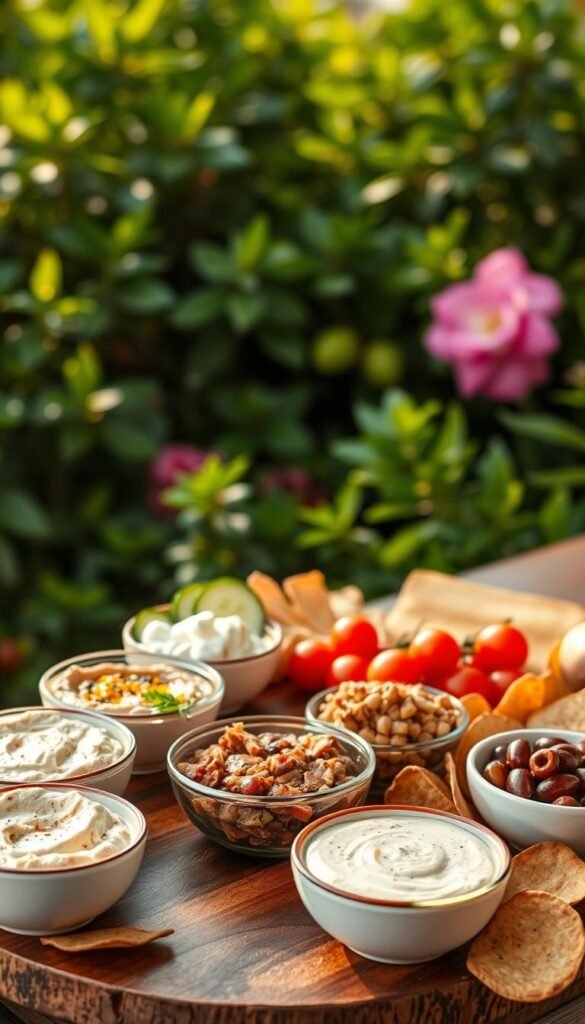
Complementary Garnishes and Herbs
Complementary garnishes and herbs can also make your skewers pop. Fresh herbs like rosemary, thyme, and parsley add color and flavor. Edible flowers or microgreens can add a touch of elegance. The goal is to make your skewers look good and taste amazing.
Dietary Alternatives and Accommodations
Making charcuterie skewers for different diets is thoughtful and simple. It’s great for hosting or just for yourself. This way, everyone can find something they like.
Vegetarian and Vegan Skewer Options
For vegetarian and vegan guests, swap meats for marinated veggies like bell peppers and zucchini. You can also use vegan cheese and fruits like grapes. For a bit of crunch, add nuts or seeds.
Gluten-Free and Dairy-Free Adaptations
To make skewers gluten-free, pick ingredients without gluten. For a dairy-free option, use dairy-free cheese. These alternatives are easy to find in stores.
Low-Carb and Keto-Friendly Variations
For a low-carb or keto diet, stick to meats, cheeses, and veggies. Avoid high-carb foods like some fruits and dressings. Add healthy fats like olives and avocado for flavor and nutrition.
By thinking about these options, you can make charcuterie skewers that everyone can enjoy.
Presentation and Display Ideas
Let’s explore presentation and display ideas that will make your charcuterie skewers stand out. The way you present your skewers can make a big difference. It can turn your snack or appetizer into a memorable and beautiful experience for your guests.
Serving Vessel Options and Arrangements
The right serving vessel can really make your skewers look great. Think about using wooden boards, marble slabs, or fancy platters. These can match the colors and textures of your skewers nicely. You can arrange the skewers in a pattern or stack them to add depth to your display.
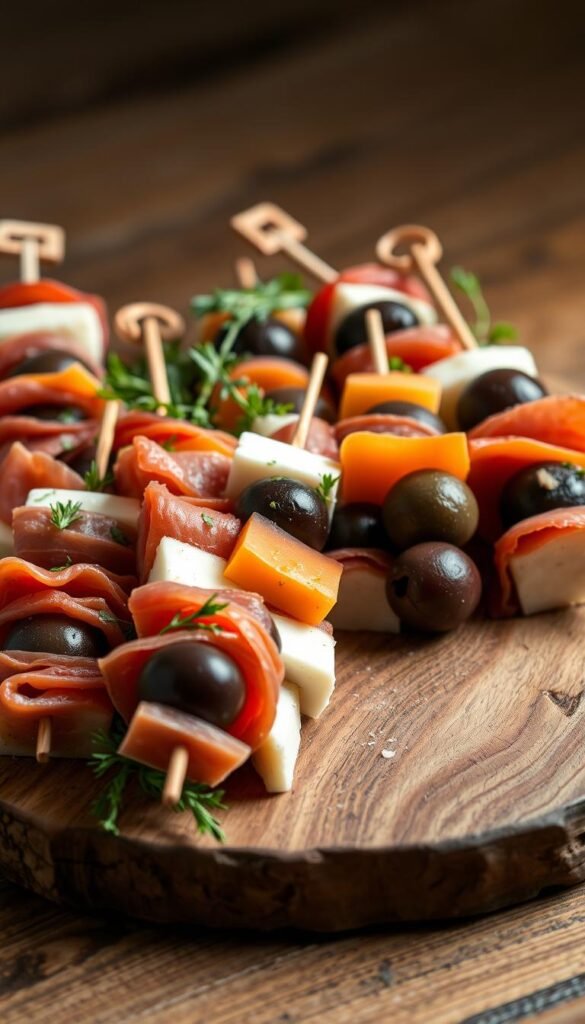
Garnishing and Final Touches
Garnishing is the last step to make your skewers look amazing. Use fresh herbs like rosemary or thyme for color and scent. Edible flowers, pomegranate seeds, or citrus slices can also add elegance. Choose garnishes that match the theme or occasion, like cranberries for a holiday display.
Creative Display Ideas for Different Events
Every event needs its own special display. For a casual get-together, a rustic wooden board with skewers in a relaxed pattern is perfect. For a fancy event, try a tiered display or a long, elegant platter. For outdoor events, use natural elements like leaves or branches for a unique, earthy look.
| Event Type | Display Idea | Garnish Suggestions |
|---|---|---|
| Casual Gathering | Rustic wooden board, casual arrangement | Fresh herbs, citrus slices |
| Formal Event | Tiered display, elegant platter | Edible flowers, pomegranate seeds |
| Outdoor Event | Natural elements like leaves or branches | Wild berries, greenery |
Conclusion: Elevating Your Entertaining Game with Charcuterie Skewers
Charcuterie skewers are a great way to entertain your guests. They are easy to make and look good. You can make them for any event, big or small.
These skewers are perfect for any party. You can mix meats, cheeses, fruits, and nuts in many ways. This creates unique tastes that your guests will love.
When planning your next party, think about adding charcuterie skewers. They are fun to make and will make your event memorable. Try new things and choose healthy options for your next gathering.


